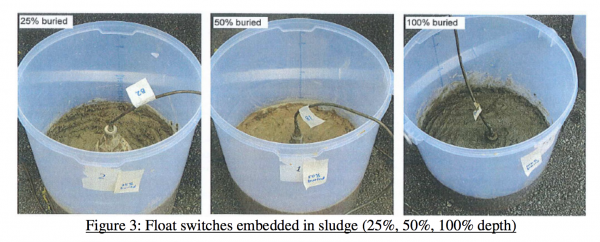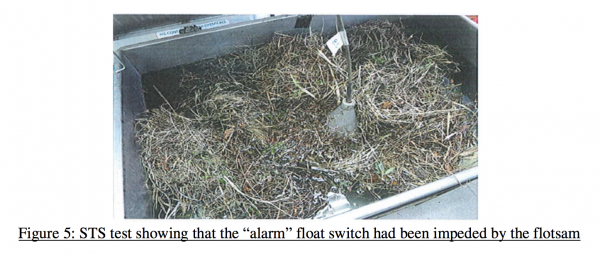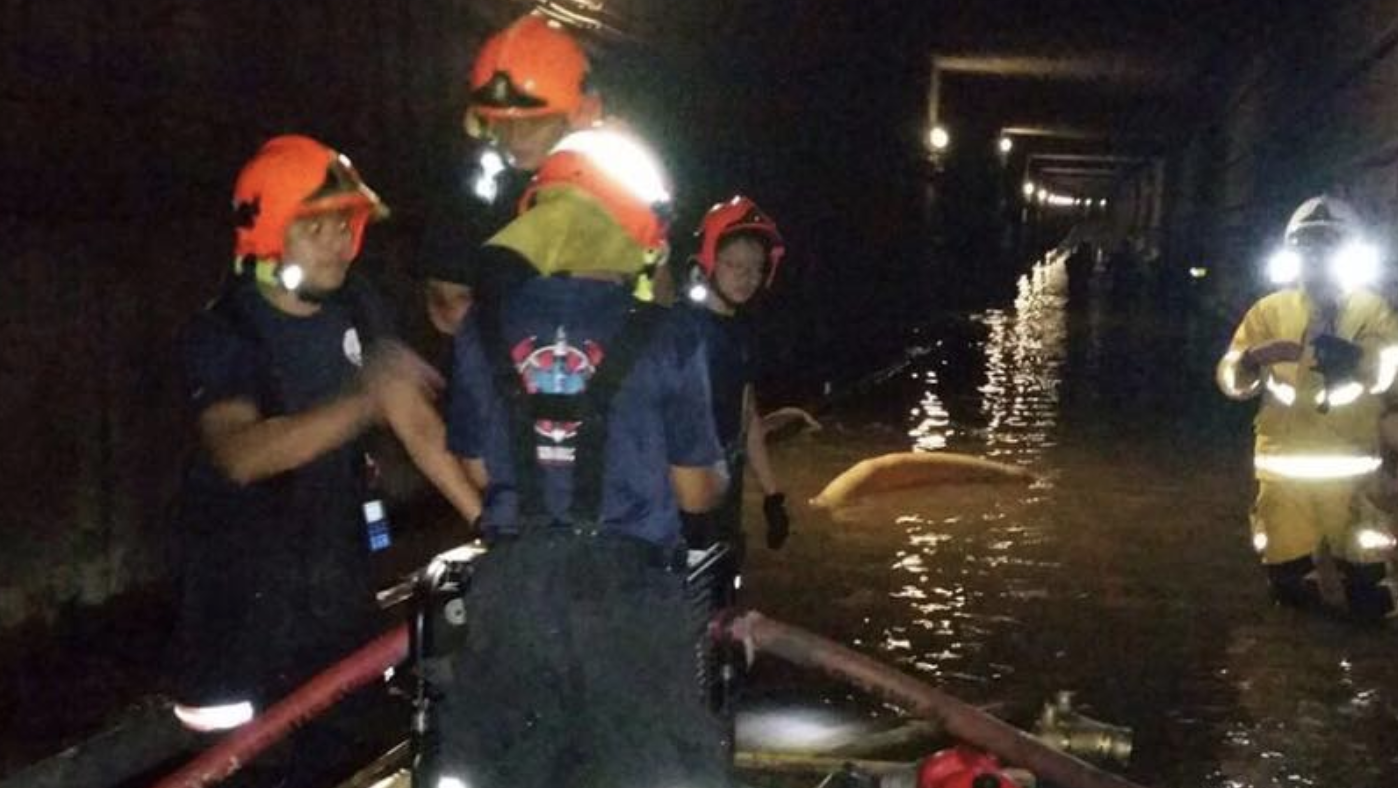There's a saying out there which goes: "If you build a fool-proof system, only fools will use it."
The saying comes to mind when reading the Land Transport Authority's (LTA) report on the Oct. 2017 flood at Bishan MRT station.
The report was published in full on Dec. 5 on LTA's website, and you can read it for yourself at this link.
If you do, you might be struck by how easily this flood could have been prevented -- and yet it happened anyway.
All you need to know
Put simply, Bishan MRT station is equipped with a big storm tank for excess rainwater to drain into.
The tank is equipped with switches that measure the amount of water in it, and electric pumps that pump water out of the tank to prevent it from overflowing.
LTA's report gives three possible reasons for why the tank overflowed anyway.
1. Switch stuck in sludge
The first is that the float switch at the bottom of the tank could have been stuck. The switch has to float with its rounded end up to close the electrical circuit.
LTA and Singapore Test Services (STS) experimented by using the sludge from the tank itself, and found that the switch could indeed get stuck. And you thought your job was bad.
 Screen shot from LTA.
Screen shot from LTA.
2. Pump left on automatic
Logs show that the last time an SMRT maintenance crew repaired the pump system was on July 13. The pump system has two settings, "Manual" and "Automatic".
The logs also show that the pumps were not activated after July 13, until Oct. 7 on the night of the flood itself, when they were manually activated.
So that means for about four months, the pumps didn't activate even once. The crew might have failed to re-set the pump controls back to "Automatic" from "Manual" after finishing their repairs on July 13.
Which does seem like a pretty big oversight.
[related_story]
3. Failsafe failed
SMRT knows that people can make mistakes. Even if the bottom float switch failed, and even if the pump controls were left in "Manual" mode, there was one last failsafe measure.
There's an alarm float switch in the tank that should send an alarm to the SMRT Operations Control Centre, if the water in the tank reaches a critically high level.
The alarm switch is even wired independently from the other systems. Even if they go down, at least this one is supposed to work.
But as the STS test shows, the tank could have been so full of crap flotsam that the alarm switch didn't work properly.
 Screen shot from LTA.
Screen shot from LTA.
Easily preventable
LTA and STS can't determine what was the exact technical cause of the flood. It could have been any combination of the reasons above, or maybe all three.
However, what's clear is that none of this would have happened had the SMRT maintenance crew performed their checks like they were supposed to.
Not only did they neglect to do so, they even falsified maintenance records to cover up their negligence.
As LTA concluded in its report:
"From the available evidence and the tests conducted by STS, LTA’s investigations concluded that the flooding incident which occurred in tunnels on both bounds between Bishan and Braddell MRT stations from 7 to 8 Oct 2017 was preventable if SMRT’s maintenance team diligently maintained the Bishan storm water sump pit and pump system, and kept them in good and efficient working condition.
If regular preventive maintenance had been carried out by SMRT’s maintenance team, as stipulated under the maintenance protocol, the abnormalities with the pump system could have been detected and rectified before the flooding occurred."
The Fallout
The consequences were severe. Service was disrupted for 14.5 hours. 231,000 commuters were affected.
On SMRT's part, it accepted full responsibility and identified 13 staff for disciplinary action.
They include the work team who had falsified pump maintenance records, their supervisors, and other management executives who had failed to exercise sufficient supervision.
- Eight were dismissed.
- Two resigned.
- Three were disciplined.
It goes to show that all the high-technology failsafe, idiot-proof measures in the world can't stand up to human complacency.
Top image from SCDF's Facebook page.
If you like what you read, follow us on Facebook, Instagram, Twitter and Telegram to get the latest updates.
